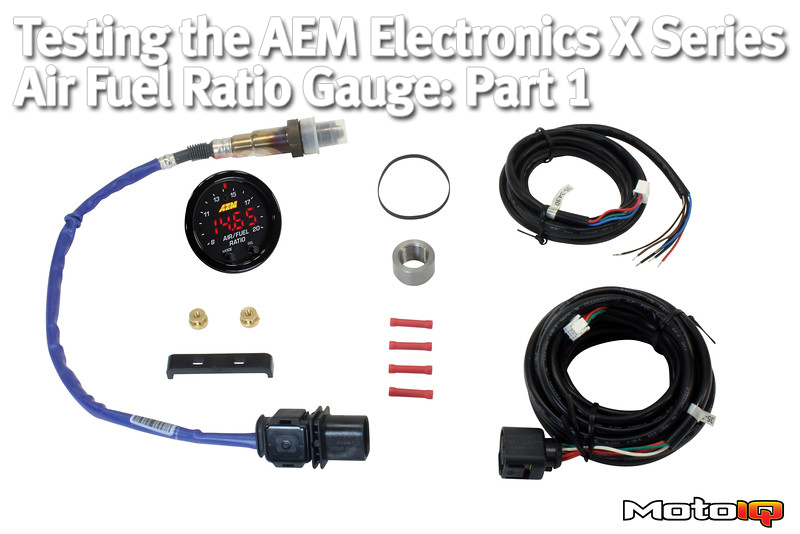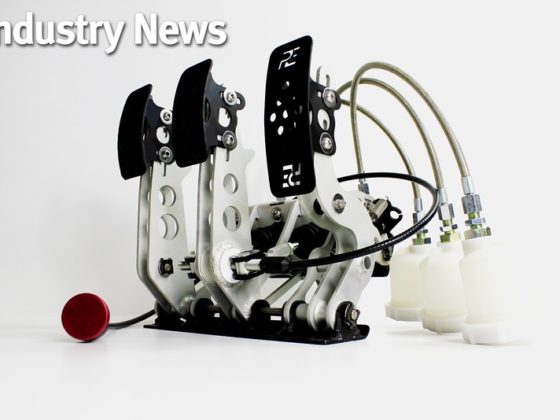,
 The AEM Electronics air fuel ratio gauge uses the industry standard Bosch LSU 4.9 wide range sensor. This is the same sensor that most of the industry uses with only a few exceptions.
The AEM Electronics air fuel ratio gauge uses the industry standard Bosch LSU 4.9 wide range sensor. This is the same sensor that most of the industry uses with only a few exceptions. The hardware between the new X-Series and the old 41110 gauge are very similar. Both come with plug and play harnesses for easy and clean installations.
The hardware between the new X-Series and the old 41110 gauge are very similar. Both come with plug and play harnesses for easy and clean installations.  A huge difference is how compact the X-Series is in rearward dimensions. The X-Series is 3x thinner than the old 4110.
A huge difference is how compact the X-Series is in rearward dimensions. The X-Series is 3x thinner than the old 4110.  The new X-series gauge is also 23% lighter than the old 4110. Here we have the old 4110 gauge on the left weighing in at 2,6 ounces while the new X-series gauge weighed in at an even 2 ounces.
The new X-series gauge is also 23% lighter than the old 4110. Here we have the old 4110 gauge on the left weighing in at 2,6 ounces while the new X-series gauge weighed in at an even 2 ounces.  As a surprise we found this picture of AEM founder John Concialdi on the bottom side of the box our new X-Series Air Fuel Ratio Gauge came in. Nice touch guys!
As a surprise we found this picture of AEM founder John Concialdi on the bottom side of the box our new X-Series Air Fuel Ratio Gauge came in. Nice touch guys!From a tuning standpoint the biggest advantage that the X-Series gauge has is its speed which results in reduced deadtime. Deadtime is the delay between when exhaust gas composition changes and when that change is reported by the O2 sensor. While flow of exhaust gases (transport delay) can affect deadtime, it is not the only source. Often, the sensing elements response to the gas is the largest contributor to deadtime when an engine is at high RPM under load.
When tuning an engine using wideband AFR feedback control on an inertia dyno, deadtime affects the data you are looking at because it is reported in a different operating location in the fuel and spark maps than when it actually occurred. This means with long deadtimes, whatever changes you make to the base fueling will likely be in the wrong location. This can be particularly dangerous to high compression and high-boost forced induction vehicles as well as EFI systems that use feedback control to auto tune.
Reducing deadtime improves wideband feedback control, and can provide a safer, more powerful and accurate tune. AEM’s Wideband Controllers with X-Series digital technology can reduce deadtime and improve the performance of your vehicle through more accurate AFR tuning.
We will be testing the validity of the concept of faster response time making for a better more powerful tune in a practical way. We will tune a SR20DET engine using a standard gauge of average response time, dyno it, then retune using the AEM X-Series gauge to see if the speed will enable us to make viable tuning changes. We will then redyno and drive the car to see if we can measure improvements in power and driveability.
Sources



